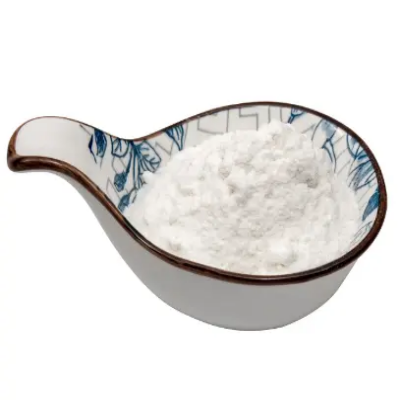methylmagnesium chloride CAS:676-58-4
Methylmagnesium chloride (CH3MgCl) is a vital organometallic compound classified as a Grignard reagent. It consists of a methyl group (CH3) bonded to a magnesium atom, which in turn is associated with a chloride ion. This reagent is notable for its reactivity and utility in organic synthesis, particularly in the formation of carbon-carbon bonds that are essential for building complex organic molecules. The preparation of methylmagnesium chloride typically involves the reaction of magnesium metal with methyl chloride (chloromethane) in anhydrous conditions, usually under an inert atmosphere like nitrogen or argon to prevent moisture interference. The reaction occurs in an ether solvent, where the ether stabilizes the Grignard reagent due to its ability to coordinate with magnesium, making the compound more soluble and manageable for subsequent reactions. One of the primary applications of methylmagnesium chloride is in nucleophilic addition reactions. As a strong nucleophile, the methyl group can attack various electrophiles, such as carbonyl compounds. For instance, when methylmagnesium chloride reacts with aldehydes or ketones, it forms alcohols after hydrolysis, significantly expanding the toolbox of synthetic chemists. The resulting secondary or tertiary alcohols are valuable intermediates in pharmaceuticals, fragrances, and other chemical products. Additionally, methylmagnesium chloride can be used to synthesize carboxylic acids by reacting it with carbon dioxide, followed by acid workup. This method provides a straightforward route to carboxylic acids, which are fundamental building blocks in organic chemistry. However, working with methylmagnesium chloride requires careful handling due to its high reactivity. It readily reacts with water and alcohols, producing methane gas and corresponding magnesium hydroxides. Therefore, all procedures involving this reagent must be conducted in anhydrous environments to prevent unwanted side reactions. In the pharmaceutical and agrochemical industries, methylmagnesium chloride plays a crucial role in synthesizing active ingredients and intermediates. Its ability to form complex structures makes it indispensable in the development of novel drug candidates and agricultural chemicals. In summary, methylmagnesium chloride is a crucial Grignard reagent with significant importance in organic synthesis. Its reactivity in forming carbon-carbon bonds and generating alcohols, carboxylic acids, and other functional groups makes it a versatile tool in the arsenal of synthetic chemists. As research and innovation continue in the field of organic chemistry, the relevance of methylmagnesium chloride will likely endure, contributing to advancements in various scientific and industrial applications.



| Composition | CH3ClMg |
| Assay | 99% |
| Appearance | white powder |
| CAS No. | 676-58-4 |
| Packing | Small and bulk |
| Shelf Life | 2 years |
| Storage | Store in cool and dry area |
| Certification | ISO. |








![Benzyl N-[2-(piperidin-4-yl)propan-2-yl]carbamate hydrochloride CAS:1057260-89-5](https://cdn.globalso.com/xindaobiotech/HSUS81DS80Y35NTEZTU259.png)
